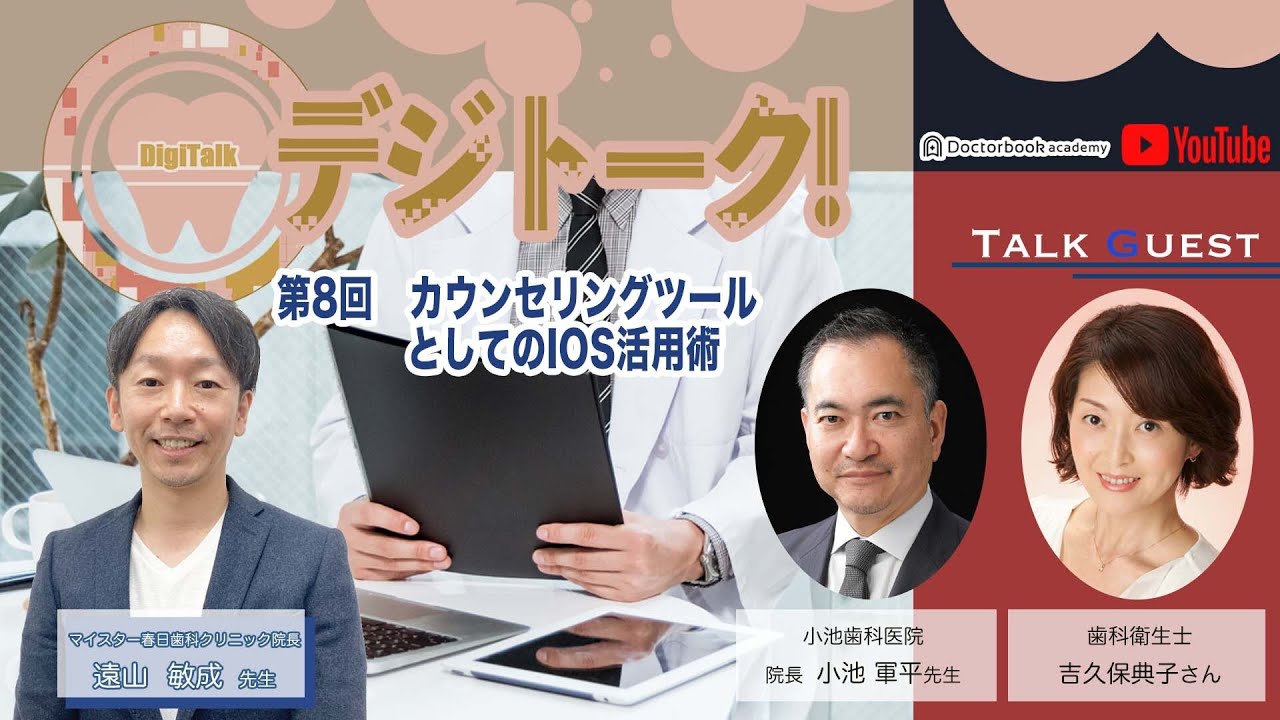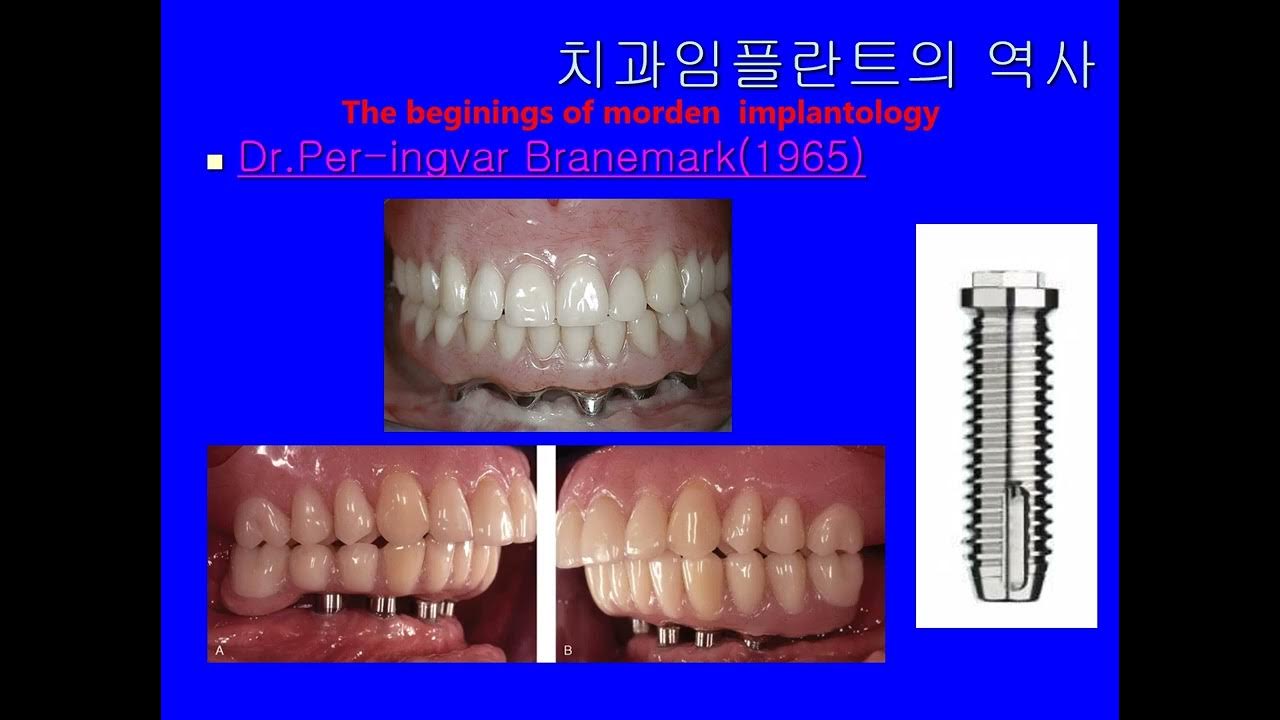Understand Types of Implant Abutments and Their Uses
Summary
TLDRThis video script from 'Implants 101' delves into the complexities of dental abutment selection, a critical aspect of implant restorative dentistry. It outlines the various types, including tissue level and bone level abutments, and discusses cementable and screw-retained options. The script clarifies the roles of stock and custom abutments, emphasizing the importance of choosing the right abutment for optimal implant integration and patient outcomes. It also highlights the value of consulting with implant representatives and laboratories for expert guidance in navigating the myriad of abutment choices.
Takeaways
- 💡 There are hundreds of abutment choices with each implant system, making it one of the most confusing aspects for restorative dentists.
- 🏷️ Abutments can be categorized based on their use in tissue level and bone level implant restorations.
- 🔍 Tissue level implant restorations involve an intimate connection to the implant platform, either with the crown or the abutment fitting directly over it.
- 🔄 Bone level implant restorations connect the restoration to the abutment platform, allowing better bone retention and avoiding micro gaps.
- 🔧 There are four main types of abutments: cementable, screw retained, stock, and custom abutments.
- 🛠️ Cementable abutments involve the restoration being cemented or bonded to the abutment, while screw retained abutments are screwed into the implant.
- 📏 Stock abutments are prefabricated and require adequate restorative space, while custom abutments are milled or cast specifically for a patient.
- 🔩 Bone level implants typically use custom abutments for optimal results, while tissue level implants can use either stock or custom abutments.
- 🦷 Custom abutments can be milled or waxed and cast to fit the exact tissue profile, optimizing emergence profile and tissue management.
- 💬 Consulting with implant representatives and laboratories is crucial in selecting the appropriate abutment for a given case, given the numerous choices available.
Q & A
What is the main topic of the second lesson in 'Implants 101'?
-The second lesson in 'Implants 101' is focused on abutments, explaining the different types and their indications in implant dentistry.
Why are abutments considered confusing for restorative dentists?
-Abutments are considered confusing due to the hundreds of choices available with each implant system, varying in shapes, sizes, and indications, making it challenging for restorative dentists to choose the right one for implant restorative dentistry.
What is the difference between tissue level and bone level implant restorations?
-Tissue level implant restorations have an intimate connection to the implant platform, with the crown or abutment fitting directly over it. Bone level implant restorations, on the other hand, have an intimate connection to the platform of the abutment, not the implant, and involve platform switching for better bone retention and emergence profile.
What is platform switching in the context of bone level implant restorations?
-Platform switching in bone level implant restorations refers to the abutment going into the interior of the implant, allowing for better bone retention and avoiding micro-gaps, which helps in achieving a better emergence profile.
What are the four kinds of abutments mentioned in the script?
-The four kinds of abutments mentioned are cementable, screw retained, stock, and custom abutments.
How are cementable abutments typically used in restorations?
-Cementable abutments are used by cementing or bonding the restoration to the abutment, similar to how a conventional crown is attached to a natural tooth.
What is the advantage of using screw retained abutments over cementable ones?
-Screw retained abutments are advantageous because they avoid the use of cement, which has been identified as a primary cause of peri-implantitis, a condition affecting implant health.
What are stock abutments and how are they used?
-Stock abutments are prefabricated and screw into the implant, allowing for an abutment level impression. They are the simplest kind of abutment to use but require ensuring adequate restorative space before placement.
How are custom abutments different from stock abutments?
-Custom abutments are either milled or waxed and cast to fit a specific patient's needs. They are made to fit an implant model from the mouth, providing a more precise fit compared to stock abutments.
What is the purpose of the 'chimney' in custom abutments for bone level implants?
-The 'chimney' in custom abutments for bone level implants is a part that is milled to mimic a tooth preparation. It is cemented to the base abutment, and the crown is then fabricated to fit this milled part, allowing for a precise and customized fit.
What are some other types of abutments mentioned for specific restorations like bar retained overdentures or hybrid restorations?
-Other types of abutments mentioned include those for screw retained restorations, which may need to be angled to create a path of insertion for larger restorations like bar retained overdentures or hybrid restorations.
Why are temporary abutments used in implant dentistry?
-Temporary abutments are used to fabricate long-term provisional restorations, especially when the provisional restoration is intended to help develop tissue contours before the final restoration is placed.
Outlines

This section is available to paid users only. Please upgrade to access this part.
Upgrade NowMindmap

This section is available to paid users only. Please upgrade to access this part.
Upgrade NowKeywords

This section is available to paid users only. Please upgrade to access this part.
Upgrade NowHighlights

This section is available to paid users only. Please upgrade to access this part.
Upgrade NowTranscripts

This section is available to paid users only. Please upgrade to access this part.
Upgrade NowBrowse More Related Video

Dental Implants - 5 Things You Should Know About Dental Implants

【LIVEダイジェスト】デジトーク!第8回 カウンセリングツールとしてのIOS活用術with小池軍平先生・DH吉久保典子さん

[Master Course - BASIC] Implant PART 1

História da Odontologia no Brasil | Faculdade de Odontologia UFMG 100 Anos

본4강의202201 역사1 V0 31

Inter-relação Periodontia Procedimentos Restauradores: parte 1
5.0 / 5 (0 votes)